
March 1, 2024 | 3 Mins Read
TABLE OF CONTENTS
1. What Is Carpal Tunnel Syndrome and Its Symptoms?
3. Do Wrist Splints Work for Carpal Tunnel?
4. When to Use a Wrist Brace for Carpal Tunnel Syndrome
5. When Not To Use a Wrist Brace for Carpal Tunnel Syndrome
6. How to Choose the Right Wrist Brace or Splint for Carpal Tunnel Syndrome?
7. How Many Hours a Day Should You Wear A Wrist Brace For Carpal Tunnel?
8. Alternative Treatment Options For Carpal Tunnel
9. Exercises To Help Alleviate Carpal Tunnel Symptoms
10. Where to Buy
We put a lot of loads on our wrists and arms, particularly in this digital age where we’re constantly on our phones, tablets, or typing away at a keyboard. But do you know that one of the most common hand and wrist issues are carpal tunnel syndrome?
Carpal tunnel syndrome affects up to 3 percent of adults in the United States each year, and carpal tunnel release surgery is the most commonly performed nerve surgery—with over 400,000 surgeries being done each year.
This blog will take a look at the benefits of wrist brace for carpal tunnel and why it’s important to wear and have one.

The medical term for the pins-and-needles sensation or numbness in the wrist and fingers is called carpal tunnel syndrome. It is caused by inflammation or compression of the median nerve that runs through the carpal tunnel in the wrist. Activities like typing, sewing, or playing an instrument that require repetitive motions of the wrist can lead to this condition. Other risk factors include obesity, pregnancy, and underlying health conditions such as diabetes or rheumatoid arthritis.
These contributing factors can lead to pain, weakness, and tingling in the hand and fingers. Numbing and tingling symptoms in the hands are intermittent rather than constant symptoms. The symptoms of carpal tunnel syndrome can also extend beyond just your hands and wrists. Some people may experience numbness or tingling in their arms, elbows, and even shoulders.
The median nerve is responsible for the sensation and movement of your thumb and all the fingers, if it gets tight or irritated you may have symptoms like:
A wrist splint or a wrist brace is an orthopedic device designed to support, restraint, or immobilize the wrist and hand. One thing about splints is that they're not only for immobilization purposes, they're also designed to mobilize, position and protect a specific body part. In the treatment of carpal tunnel syndrome, wrist splint works by altering the mechanics of wrist movement wrist splints and used at night to help keep your wrist in a neutral position to reduce inflammation on the median nerve.
Wrist splints and braces have Velcro straps that can be adjusted to your comfort level and size. They're made from breathable materials, making it easy to wear throughout the night without getting too hot or uncomfortable.
The short answer is yes. Wrist splints and braces provide great relief for those suffering from carpal tunnel syndrome.
The good news is, majority of Carpal Tunnel Syndrome cases are mild and easily treated. Using a wrist brace for carpal tunnel can help alleviate pain and improve wrist function. However, certain circumstances are better suited for more intensive treatments, such as surgery. Read on to learn more.

When carpal tunnel syndrome is severe, relief may not be found from any type of braces or splinting. The patient may need to undergo a surgery known as carpal tunnel release, where a surgeon cuts the transverse carpal ligament to relieve pressure on the median nerve. Recovery is usually successful, but the patient will need to receive treatments such as physical therapy to regain strength and flexibility in the wrist.
Experiencing cracking sound in your hand or wrist? That may be one of hand arthritis symptoms.
Some other possible causes of hand and wrist pain or numbness need to be ruled out before diagnosing carpal tunnel syndrome. These include tendonitis, arthritis, pinched nerves in the neck, nerve compression in the upper arm, and diabetes. Wrist braces may not be suitable for managing some of these conditions, so you should speak to your doctor before using one.
In severe cases, you may also experience a loss of grip strength because the median nerve doesn't provide sensation to the thumb, index and middle fingers. Braces and splinting can't help in these cases, and surgery may be the only option.
Different brands have different features, so it's important to find the right one for you. Here are some things to consider when choosing a wrist brace for carpal tunnel syndrome:
Wrist braces are often recommended for nighttime use, as symptoms can worsen during sleep. You may not like to wear splints or braces during the day because they appear too bulky but at night, they can reduce the pain associated with carpal tunnel syndrome, allowing people to sleep comfortably and wake up pain-free.
The optimal length of time to wear a wrist brace is within 6 weeks. This study demonstrated a high success rate of using braces for 6 weeks, with a majority of patients experiencing decreased pain in their wrists and hands. Extending the duration beyond 6 weeks did not result in any additional benefits.
However, if symptoms persist or worsen after this period of time, it is best to consult a doctor for further treatment options.
Aside from wrist braces, there are other treatment options for carpal tunnel syndrome that can be used in conjunction with or instead of wearing a brace. These include:
Author

Claire Evans worked as the content marketing manager at Koprez. Claire combined a background of writing and editing, marketing, and patient education to best serve consumers, fitness enthusiasts, athletes, and anyone who relies on the Koprez brand for helpful information.
Koprez® Featured Products


"I sprain my wrist super often, so I decided to try out this sleeve. This is game-changing! I've been using it for a while now, and my wrists feel amazing. I haven't gotten in any injuries since using it too. It just makes my wrists feel so supported."
Alexis A.
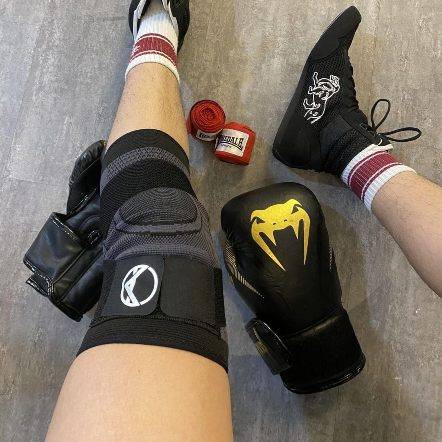

"Use this for my boxing training. It is a very comfortable brace and does not move out of position during skipping ropes and sparring sessions. I use it while running too. Probably the best brace I've purchased throughout the years. It is very flexible. Makes me look like a pro! :)"
Samuel L.


"I've just got back to running after a couple of years of being plagued by injury. These compressions socks are helping give me peace of mind while I build up my distance again. They are the perfect level of compression, super comfy, and very high quality. Feel great while on a run, and looks great in the orange colour I have!"
Dave R.
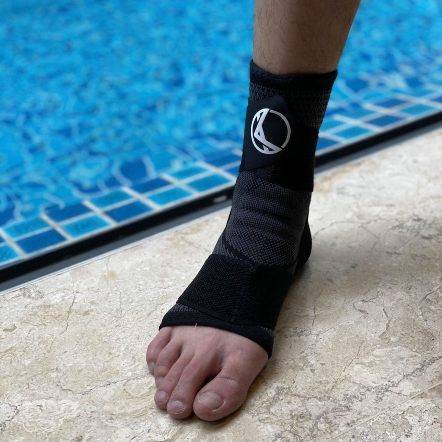

"I have a weak ankle, and the Koprez ankle sleeve has been a lifesaver. Wear it every day. Super breathable and comfortable. Like wearing a cool sporty looking sock!"
James F.
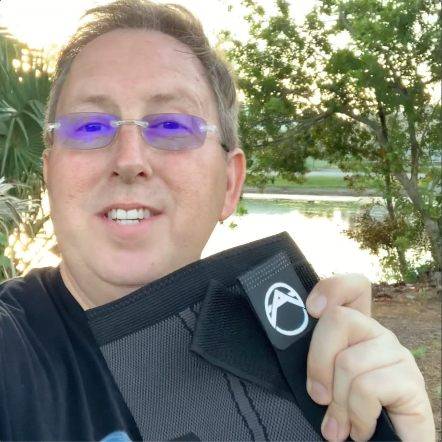

"This is the best knee sleeve I've ever tried. It's now a must-have for all my exercises. A few years ago, I had an accident that damaged my knees, but with Koprez I can be active again with no knee pains at all. It's been truly amazing!"
Alex M.
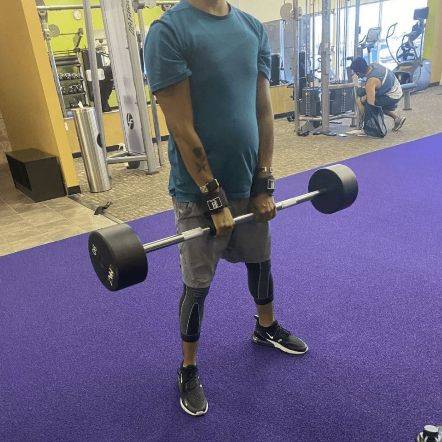

"One of the best purchases I've ever made. It fits your legs all the way from top to bottom, great snug fit, gives you support and definitely helps during rehab and training."
Rafael A.


"I had a minor elbow injury, and Koprez sleeve was super supportive and definitely helped me recover faster. I still use the sleeve to prevent further injury. So far, so good. Very comfortable and does not feel hot at all. Highly recommend!"
Corey B.


"It's really been a game-changer for me. It allows me to exercise a lot longer than I used to. Now my knees don't hurt, and they're not uncomfortable at all."
Mike P.


"Great product!!"
Harold
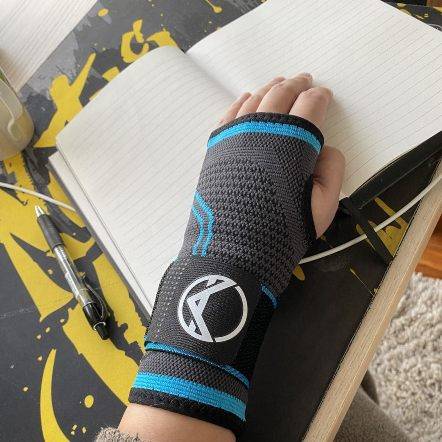

"I have carpal tunnel, and this brace has helped me work pain-free. Love the materials, and I can feel my wrists slowly getting better, even when I don't wear them!"
Christopher J.
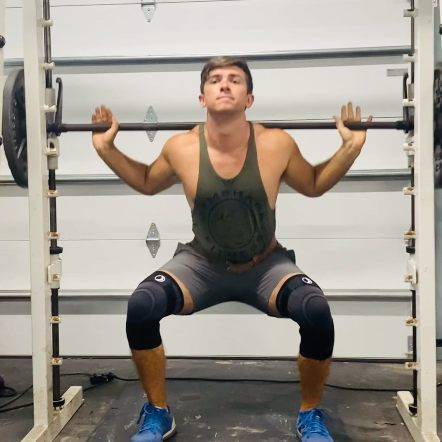

"I wanted to try out these sleeves to improve my squats and deadlift in the gym without worrying about injuring my knees. They stayed up throughout the entire gym session, and my knees feel super supported. Now I can do what I love for years to come. "
Corbin C.